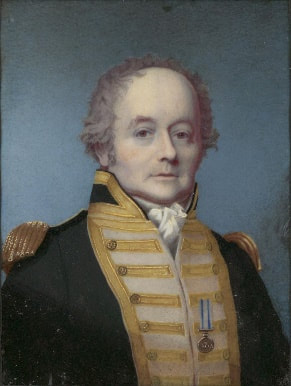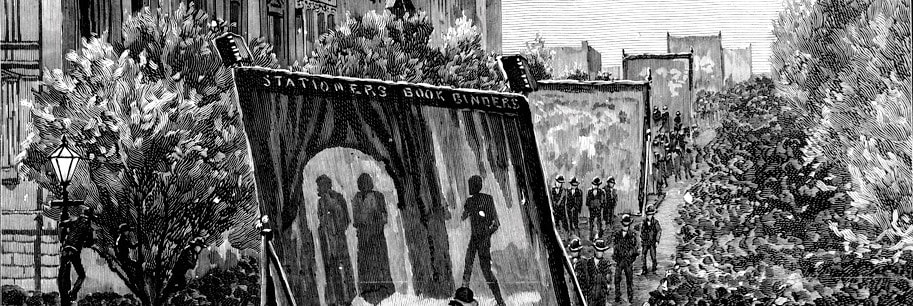What is that? We became social democrats earlier than any other country and were a role model to Britain and Europe of relatively peaceful social and political change, resulting in visits by social reformers to discover how we managed to do this.
The military junta that deposed Governor William Bligh in 1808 was quashed by the British government who could not allow the military to govern a colony. This dealt a death blow to the ambitions of officers of the NSW Corps who wished to establish themselves as a colonial elite more powerful than the legitimate governor.
We contrasted the settlement of the Western District of Victoria by free settlers in the 1840s with the earlier convict system that created the first unfree working class in the colony. Former freed convicts merged seamlessly into the general community, most making successful working lives for themselves and their families.
The Eureka Uprising on the Ballarat goldfields in 1854, although a minor skirmish by foreign gold seekers and Irishmen, had the remarkable effect of being one of the catalysts that introduced the right to vote for all adult men, regardless of their wealth or status. Hence colonial parliaments, by the late 1850s, were more able to settle issues of social and economic hardship through the participation of working class voters and members of parliament.
The Kelly Outbreak in the 1870s was a response against the hard times that selectors in North East Victoria were experiencing during an economic depression. This was one problem that the Victorian parliament had been tardy in addressing and this area became notorious for cattle and horse theft. Even after the gang robbed banks and killed three policemen there was still considerable community support for the Kellys, although even their staunchest supporters baulked at rising up against the government. Parliamentary government was far from perfect but was seen to be the best option available.
Finally, in the last years of the nineteenth century, as manufacturing and industry became mechanised, strikes were used as negotiating tools between workers and their employers. The shearers’ strikes in 1891 and 1894 and the great strike of 1917 as well as a number of lesser confrontations led to the formation of unions that took over direct negotiation with employers. While disruption would exist for several months in some cases, as both groups flexed their muscles these actions provided a solution to negotiating working conditions and led to the formation of the earliest Labor Leagues and the Labor Party.
This summary hasn’t the space to provide the subtleties of any of these events. For fuller accounts visit my web site australiancolonialhistory.com. During June, I will be uploading summaries of our sessions and listing the resources we used. Thanks to all who came and participated.
Meg Dillon



 RSS Feed
RSS Feed
